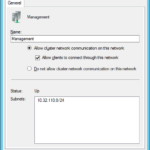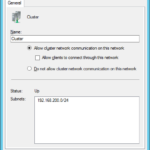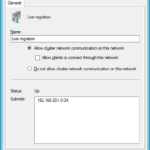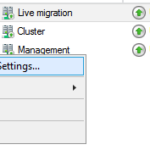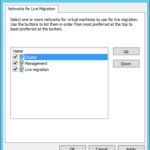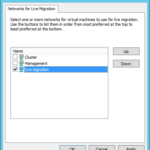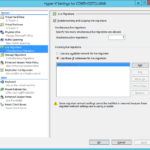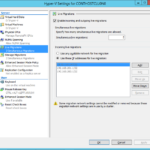This article is not part of the Building Microsoft System Center Cloud series but we will use the new cluster to host our VMs in the cloud series.
One of the final steps in our basic guide how to configure the Hyper-V Failover Cluster is to set the networks.
Cluster networks
Production (network for our VMs)
- Not visible in the Failover Cluster Manager because the management partition OS do not share network adapter on the virtual switch (do not have virtual adapter on the switch) for the production network.
Management
Cluster
People usually call it as heartbeat but that is incorrect because the heartbeat packages are not only data that are flowing through this network.
Live migration
Live migration – Settings that was added in the Windows Server 2012
Live migration configuration in the Failover Cluster Manager
- Failover Cluster Manager – Live Migration Settings…
- Default settings is all networks.
- Select only the interfaces that should be use for the Live Migration.
Live migration configuration in the Hyper-V Manager
Example of the incorrent settings
Cluster network metric
- You can check cluster network metric using PowerShell:
Get-ClusterNetwork | Format-Table -Property Name, Role, Metric

